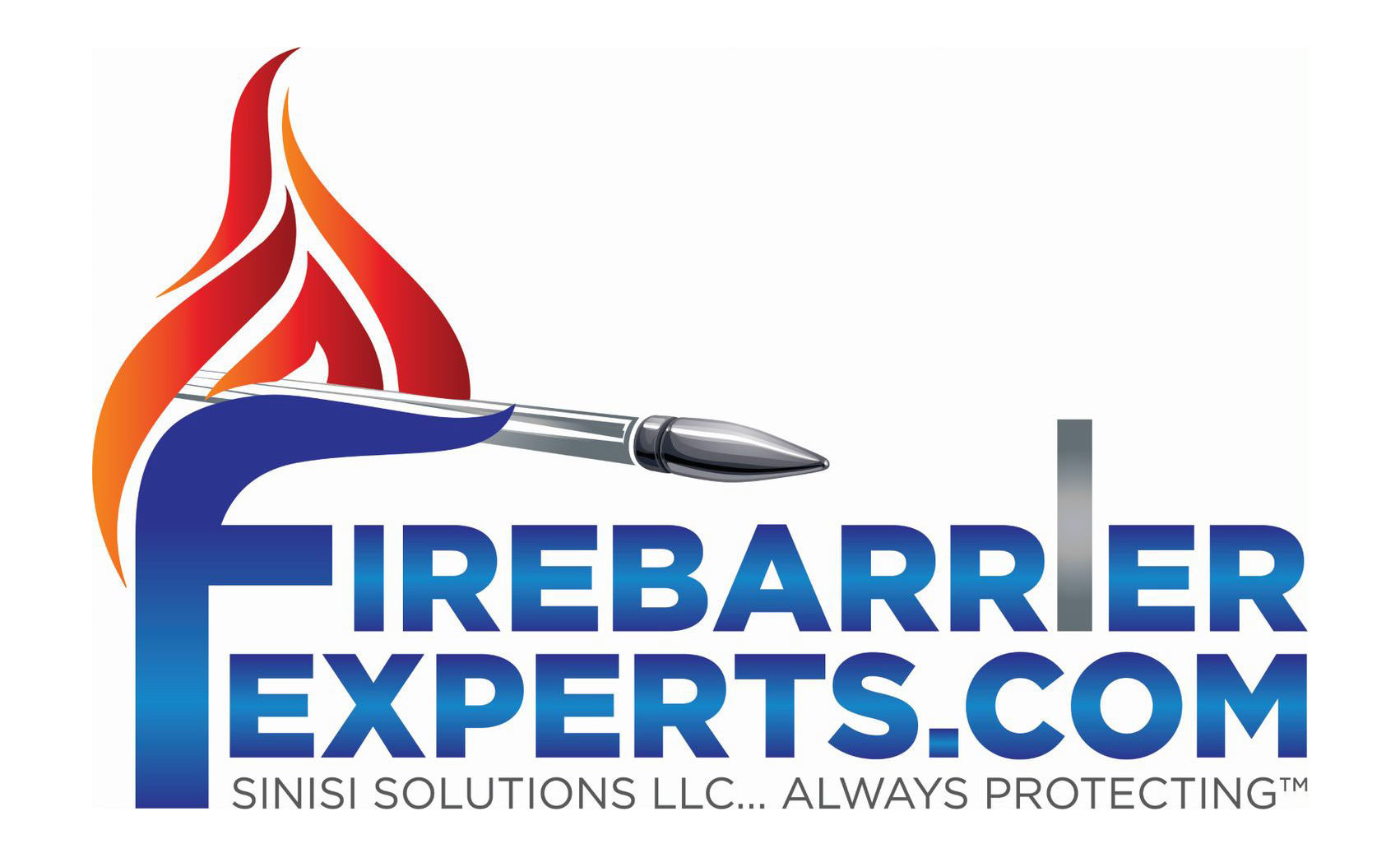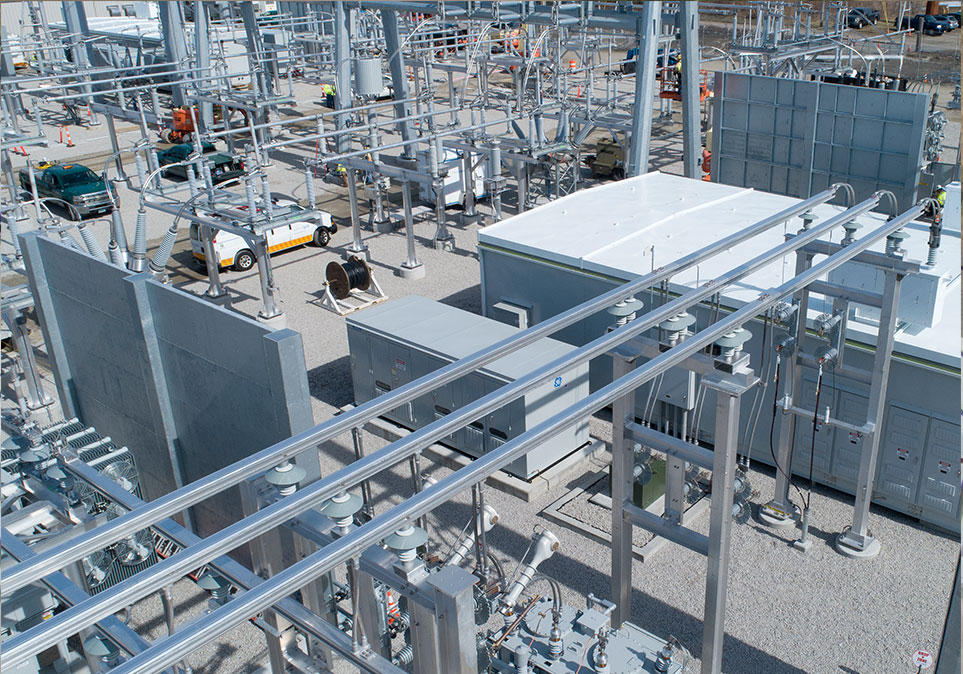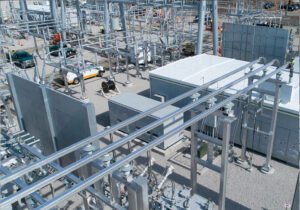Installing a fire barrier is an important task that requires precision and careful planning. However, to successfully install fire barriers, you must consider some factors to ensure the barrier is effective and safe. This article will provide an overview of the seven key factors to successful fire barrier installation and how to ensure fire barrier services are completed.
Before diving in, it’s essential to understand fire barriers and how they’re designed to prevent Fire and Smoke spread.
What are Fire Barriers?
Fire barriers are passive fire protection products designed to reduce the spread of fire, smoke, and toxic gases throughout a structure. These barriers can be used to compartmentalize a building, creating areas that can contain the fire and stop it from spreading throughout the rest of the structure. In addition, they can be used as a firestop to protect the integrity and support structure of the building.
Fire barriers are rated by Underwriter Laboratories (UL), which rates them based on their ability to prevent the spread of fire, smoke, and heat. They are an integral part of any building’s fire safety plan, as they are designed to contain fires in their area of origin before they spread further.
Now that you understand fire barriers, let’s look at the seven key factors to a successful installation.
A Barrier’s Fire Rating Depends On The Construction Around It
To secure a fire barrier in place, you must build the surrounding wall and floor structures correctly to ensure it is held in place properly. This includes the use of approved fire-rated materials and hardware. In addition, the substrate on which the fire barrier is installed must be solid without any voids or gaps, as these can affect the overall fire rating of the barrier.
Installing a fire barrier on non-Underwriter Laboratories (UL) rated substrates such as metal is a dangerous installation error since metallic material may act as a thermal bridge, allowing fire and smoke to spread to neighboring compartments. Therefore it’s essential to comply with UL standards when carrying out any fire barrier installation.
Fire Barriers Are Continuations Of Rated Constructions
During construction, ensure the rating of your construction project corresponds to the fire rating of the fire barrier. This helps prevent fires from jumping floors or rooms due to non-uniform fire-resistive ratings.
It is also essential to consider the connection of adjacent fire barriers, ensuring that the barrier is effectively joined to provide an unbroken line of fire protection from one end to the other. The following can help you ascertain the correct installation:
Inspect the test documents – Inspect the test documents to ensure the fire barrier has been tested and certified under UL standards.
Label your fire barrier – By labeling your fire barrier, you can quickly identify it. This helps in ensuring safety and compliance with building regulations.
Frames, Splices, And Transitions Create A Complete Fire Barrier System
The fire barrier is a cohesive system composed of precisely fitting frames, splices, and transitions that form a comprehensive fire barrier. These components must be of the highest quality to ensure the system is properly sealed and secure.
So, when inspections uncover vulnerabilities, it’s essential to address them quickly and without delay. For instance, in seismic regions, the transition of fire barriers must be checked for seismic stability and be capable of achieving 50% movement of the joints.
Fire Barrier Testing Must Include Expansion Joint Covers
Expansion joints are common in buildings, and their function is to accommodate movement caused by structural changes and thermal expansion. These joints need to be protected with fire-rated expansion joint covers. Otherwise, fire and smoke can easily migrate through the joints, creating a huge risk to occupants.
Therefore, it is essential to install expansion joint covers whose UL rating matches the fire barriers to ensure fire safety. This way, you can be sure that the entire system is safe and secure.
Flexibility Is Essential To Meeting Your Project’s Demands
Despite the best planning and using compliant materials and components for fire barrier installation, unforeseen changes can still occur. For instance, penetration resulting from cabling and piping.
That is why it’s essential to employ a fire barrier system that can easily be adapted and modified to meet new demands and changes during construction. This ensures the system is safe, secure, and compliant.
Specify The Conditions And Requirements For Ratings
During construction, ensure that fire barrier ratings are specified for the project. This will help avoid costly mistakes and ensure that the appropriate materials and components are used for the job.
Furthermore, different areas in a building may require different fire ratings and conditions. So, ensure these requirements are clearly understood and specified in the specifications for each area.
Inspect Or Request Test Data At All Times
Always go for products that are tested per UL standards. Ensure you inspect or request test data to ensure the fire barrier meets all requirements and is suitable for your application.
Remember, a properly installed fire barrier system is essential to protect people, property, and processes from the devastating effects of a fire.
So it’s prudent for architects, engineers, and contractors to enquire, inspect, and ensure all fire barrier components comply with test standards and are adequate for the intended application.
Installing a fire barrier system is essential in protecting people, property, and processes from the effects of a fire. The components must be high quality to ensure the system is safe and secure. Furthermore, test documents need to be inspected to ensure compliance with UL standards. In addition, you should use labels to identify components correctly, and expansion joint covers must be installed that have matching ratings with the fire barrier. For comprehensive guidance on fire barriers, please engage the professionals at https://firebarrierexperts.com/cable-tray-fire-barriers/. An experienced professional will ensure you select the right components for your installation and that it is installed correctly. This way, you can be sure that your facility is protected from the devastating effects of a fire.
Name, Address, and Phone
Sinisi Solutions
75 Main St, Manasquan, NJ 08736
08736, 732-232-2100




